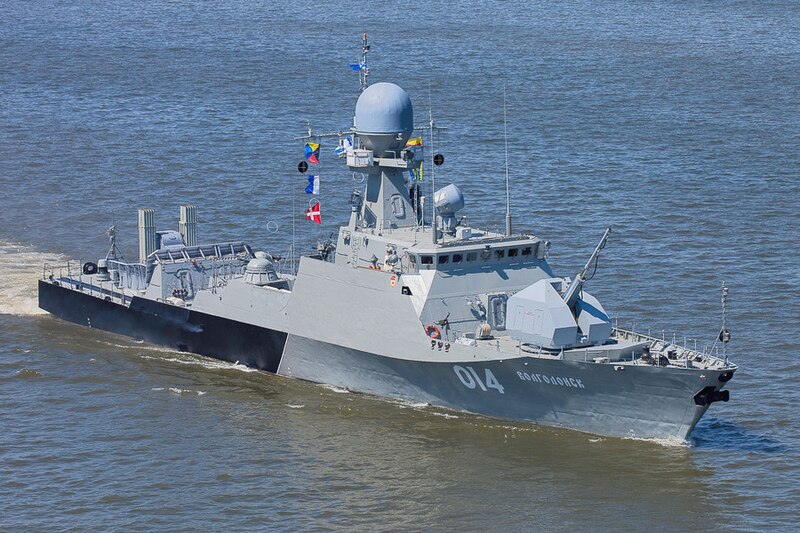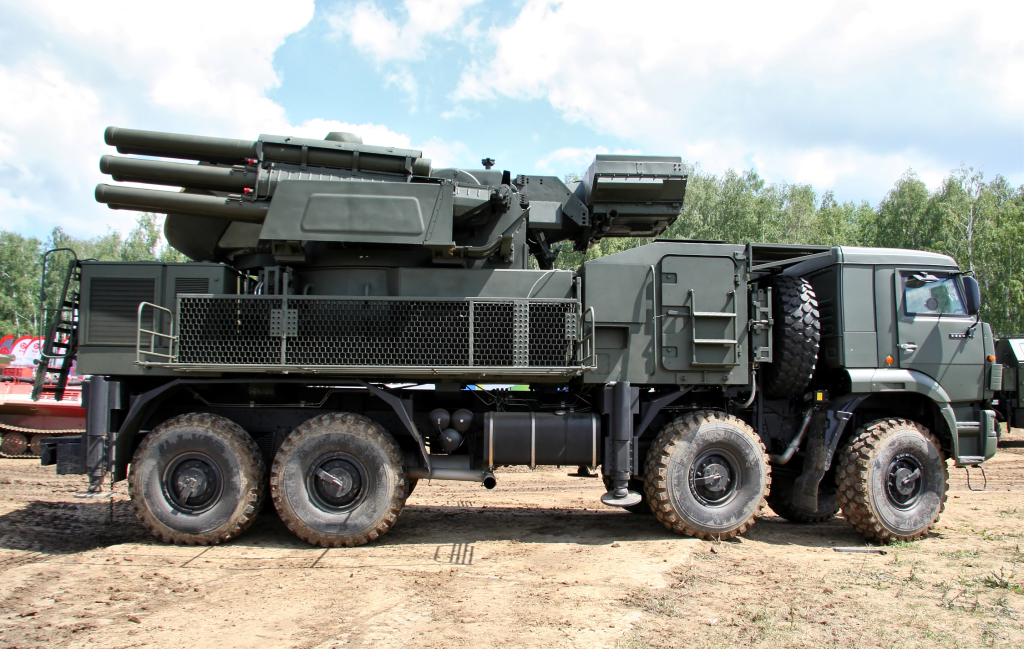
It is not usually that a small inland lake is the battleground for a wham of note in contemporary naval combat. But on the pre-dawn of October 4, Ukrainian commandos made Russia’s Lake Onega in the republic of Karelia just that a battleground for one of Moscow’s most advanced missile corvettes to be seriously damaged.

It wasn’t merely a military victory. It was a deliberated strike at a ship intended to extend Russian firepower far in excess of its small size, the culmination of an ongoing campaign to incapacitate Moscow’s military infrastructure deep within its own borders. For defense experts and military technology watchers, the attack provides a rare glimpse into the expanding dynamic of precision strikes, drone warfare, and weaknesses of advanced naval platforms.
Below is the deconstruction of the most interesting part of this operation, from the detail of the Buyan-M class to the significance of attacking such a vessel so far from the front.

1. The Target: Project 21631 Buyan-M Corvette
The Grad was a Project 21631 Buyan-M Buyan-M short missile warship commissioned in December 2022. It was about 75 meters long and 11 meters wide and was designed to operate in shallow water but carried long-range Kalibr-NK cruise missiles that could strike at targets 500 miles away. It carried a 100 mm A-190 shipborne gun, Gibka launchers for Igla missiles, and the AK-630-2 Duet close combat system.
The Buyan-M class was intended to support the inland waterway system of Russia to enable transfer from the Caspian Sea to the Baltic Sea. Its mobility makes it a versatile strike platform but vulnerable to attack in remote waterways far from open sea combat areas.

2. The Strike on Lake Onega
The Grad was struck on the starboard side, close to its engine compartment, at 04:31 local time by Ukrainian forces. The strike was critical, seriously restricting the mobility and combat capacity of the ship, as outlined by the Special Operations Forces. Militarnyi reported that the vessel was traveling from the Baltic to the Caspian, possibly to reinforce Russia’s southern fleet. The fact that Lake Onega lies more than 600 miles north of Ukraine reveals Kyiv’s extended range of operations. The strike is one of a number of deep penetration attacks aimed at crippling Russian military supply lines and infrastructure far deeper than the lines of conflict.

3. Role of Kalibr Missiles in Russia’s Strategy
The Buyan-M class has been an important launch platform for Kalibr cruise missiles to attack Ukrainian cities and infrastructure on several occasions. Fired from inland waters, these guided missiles are harder to intercept. Taking out a Kalibr-equipped vessel takes out a node in Russia’s web of attack platforms, making such attacks shorter in duration or scope. As Ukraine’s General Staff put it, destroying the Grad is not a matter of shooting down a ship it is a matter of degrading Russia’s ability to launch long-range precision strikes from safe locations.

4. Ukrainian Drone Warfare Tactics
Though the weapon that has been employed during the attack on Lake Onega is not specified, recent Ukrainian actions reveal over-dependence on sophisticated unmanned vehicles. Earlier Buyan-M corvette attacks have included upgraded RUBAKA and UJ-26 Bober drones that have explosives onboard and are capable of penetrating Pantsir-S1 air defense. The Bober, at a cost of approximately $110,000, has been employed in destroying or disabling high-priority targets costing tens of millions of dollars. Its catapult launching and landing gear-less flight contribute to range and versatility, making it a powerful tool for deep penetration.

5. Pantsir-S1’s Battle With Drones
The Grad’s defense was supplemented by close-range Pantsir and Komar air defense. Pantsir-S1 units, however, have never been able to destroy Ukrainian drones both inside and outside of Ukraine. In Syria, Libya, and Ukraine, the systems were unable to detect small UAVs until being at minimum missile engagement distance. Photos and reports suggest at least 27 Pantsirs have been lost by Russia in Ukraine as of May 2025, typically to drone or guided artillery attacks. This weakness is a key element in the success of Ukrainian operations against crewed ships.

6. Larger Campaign of Deep Strikes
The Onega raid was one of a series against a concerted campaign also hitting a Kirishinefteorgsintez oil refinery in the Leningrad area, a Garmon radar station, and an Iskander missile system convoy in Kursk. Ukrainian troops hit a Russian 8th Army command center in occupied Donetsk. The attacks are intended to degrade the military and economic capabilities of Russia by targeting targets that are expensive to replace and important to continuing operations.

7. Strategic Ramifications of Russia’s Naval Deployment
Continued bombardment by Ukrainians on Russian naval ships has already compelled the Kremlin to pull its presence back in occupied Crimea. Relocating the Grad from the Baltic Fleet to the Caspian could be a indication of changing priorities or bids to provide cover to necessary ships.
However, as this strike illustrates, even inland waterways are not safe sanctuaries anymore. With the capability to strike such targets, Russia’s sense of security for its internal transit routes is questioned and may mean fleet movement and employment strategy must be reordered.

The attack on the Grad in Lake Onega is representative of Ukraine’s new approach employing precision, range, and comparatively affordable systems to deliver disproportionate levels of damage against important assets. For military technology experts, it illustrates the synergy between future-generation missile platforms, drone warfare, and the weaknesses of contemporary air defenses. As the war goes on, such actions will threaten both parties’ naval doctrines and redefine what constitutes a secure operating environment.


